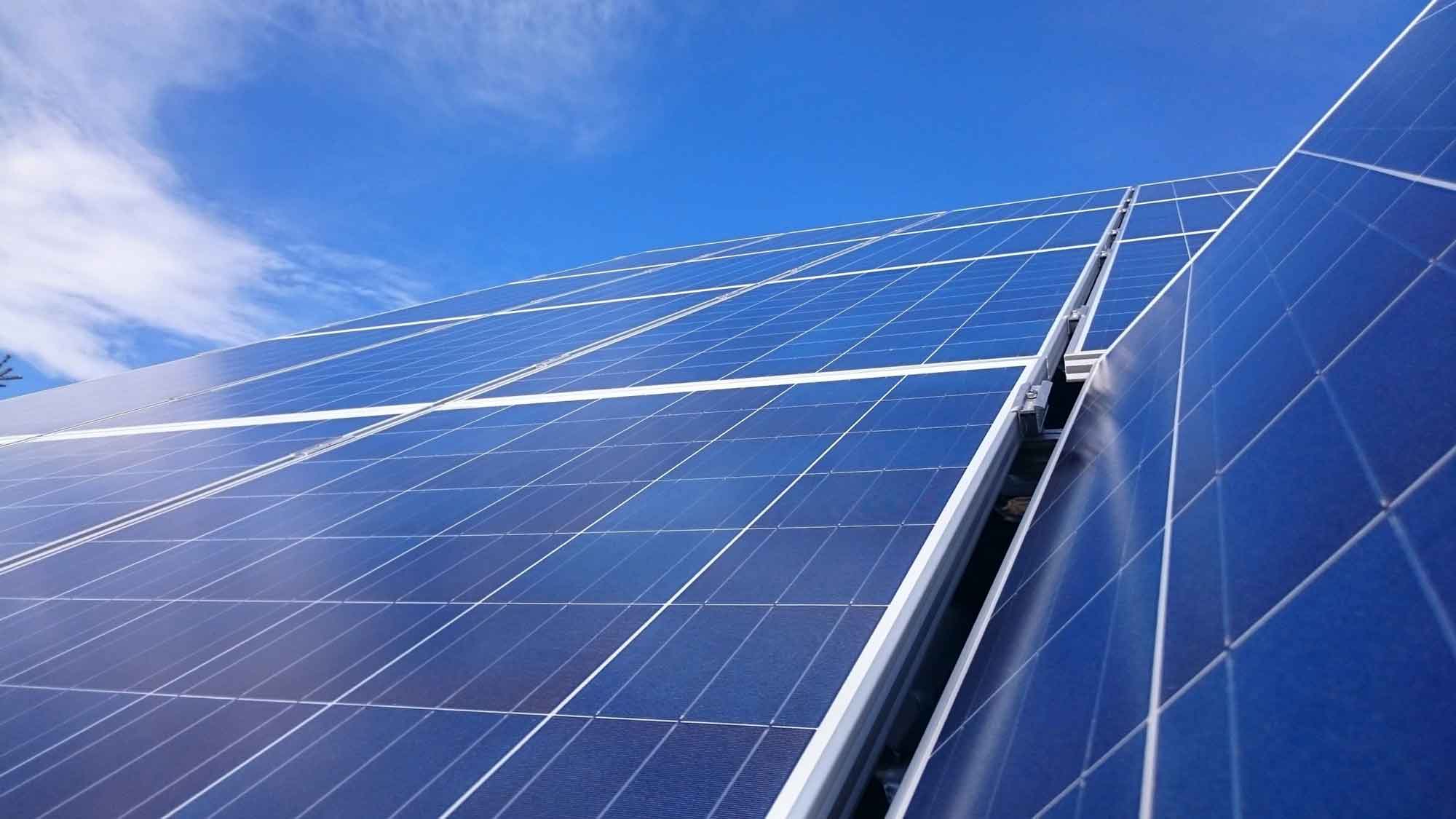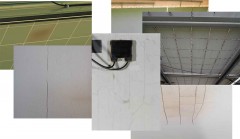The PV Re2 lead project is focused on sustainable recycling and the further development and repair of defective PV modules in order to improve the environmental and sustainability footprint of PV facilities in the future. PV modules have an expected lifespan of some 25 to 30 years, with many first-generation facilities currently approaching the end of their useful lives. These systems are made up of many components including glass, silicon cells, silver, copper, plastic and an aluminium frame. Some of the elements they contain, such as lead and fluorine, are especially critical in environmental terms. No waste disposal system that is tailored specifically to PV technology has been invented yet. Faulty modules are processed at recycling facilities using standard technologies and are usually crushed, with the leftover materials often being burnt. Valuable raw materials inside the solar panels are thus wasted.
Optimising the recycling process
The project consortium1 comprises five industry partners and four research institutions whose expertise covers the entire PV value chain (from the production of the materials, components and PV modules through to the operation of PV systems and applications, recycling and waste treatment). The project sets out to optimise the entire recycling process of PV modules while also making it easier to recycle the individual solar components. The underlying chemical, physical and mechanical processes required to separate the individual components of a PV module in stages are being investigated to this end. To enable materials to be sorted accurately for recycling, the team is developing automatic measuring systems that allow the material composition of individual modules to be identified precisely. The aim is to preserve the purity and functionality of the materials as best possible so that the raw materials can be reused.
Targeted selection of materials
What materials are selected for a solar system plays an important role in the recycling and reusability of its components. The researchers are therefore focusing on a design that is conducive to recycling (e.g. easily detachable adhesive connections and thermoplastic materials) as well as on reducing and avoiding toxic materials and hazardous substances. This work builds on the results of previous projects. Even just using glue rather than solder has enabled the lead content of each PV module to be reduced from around 20 grams to virtually zero. Research findings are also being harnessed to develop climate-adapted photovoltaics. The impact of climatic conditions on materials, components, cell connectors and backsheets has been analysed and improvements made.
Another research topic is the development of suitable repair systems that will allow repair work to be carried out easily and quickly in the field on the PV facility itself, which will extend the performance and lifespan of the PV modules.
energieforschung.at/projekt/sustainable-photovoltaics/
1 Project partners: PCCL Polymer Competence Center Leoben GmbH (project management), Silicon Austria Labs GmbH, University of Leoben, OFI Austrian Research Institute for Chemistry and Technology, ENcome Energy Performance GmbH, Borealis AG, KIOTO Photovoltaics GmbH, Peter Seppele GmbH, VDE Renewables GmbH

